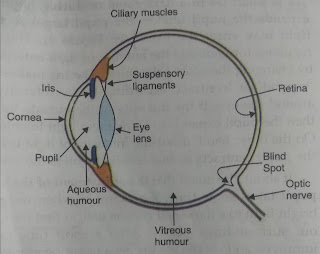CHEMISTRY OF CHOLESTEROL AND HEART DISEASES
CHEMISTRY AND HEART CHOLESTROL- SOURCE- WAVEMAGAZINEONLINE What do we know about cholesterol or what is cholesterol? Cholesterol is a waxy, fat-like substance that are needed to make some useful hormones and is found in our blood. Cholesterol is actually needed to build certain kind of cells, but the it's presence in large quantities can have harmful effects too. It comes from two sources, first, our liver makes cholesterol that we need, the other source is, it can be obtained from food which are derived from other animals. Now, there are two types of cholesterol- 1. LDL Cholesterol- LDL stands for "low-density lipoprotein". This type of parcel protein transports cholesterol from liver to rest of the body, high levels of LDL cholesterol leads to high chances of cardiovascular diseases. It is sometimes referred to as bad cholesterol. 2. HDL Cholesterol- "HDL" stands for "high-density lipoprotein". This type of protein transports cholesterol back to liv...
